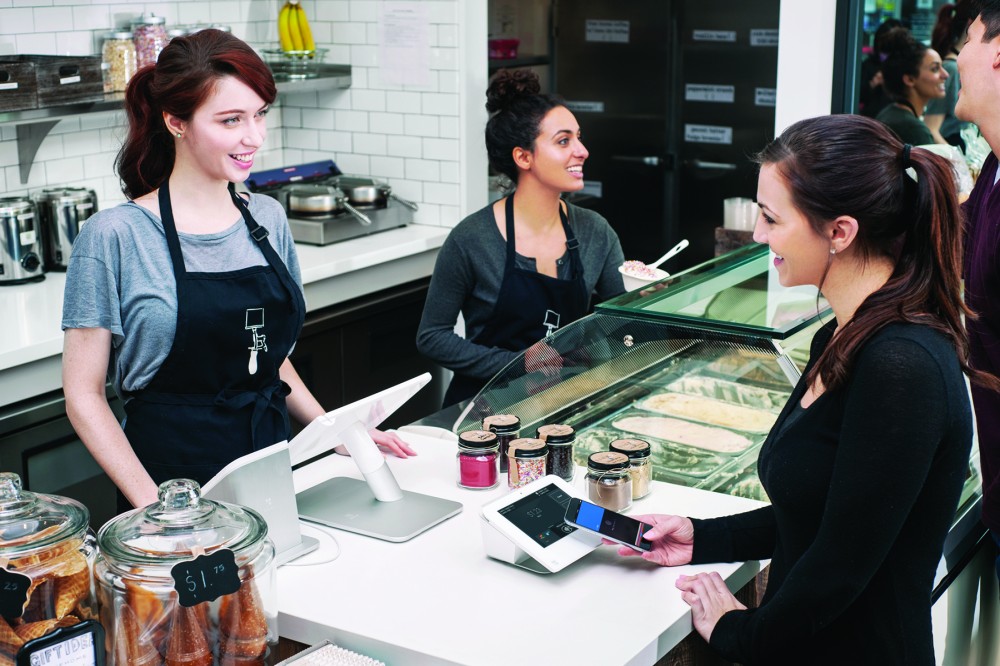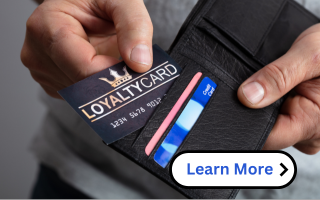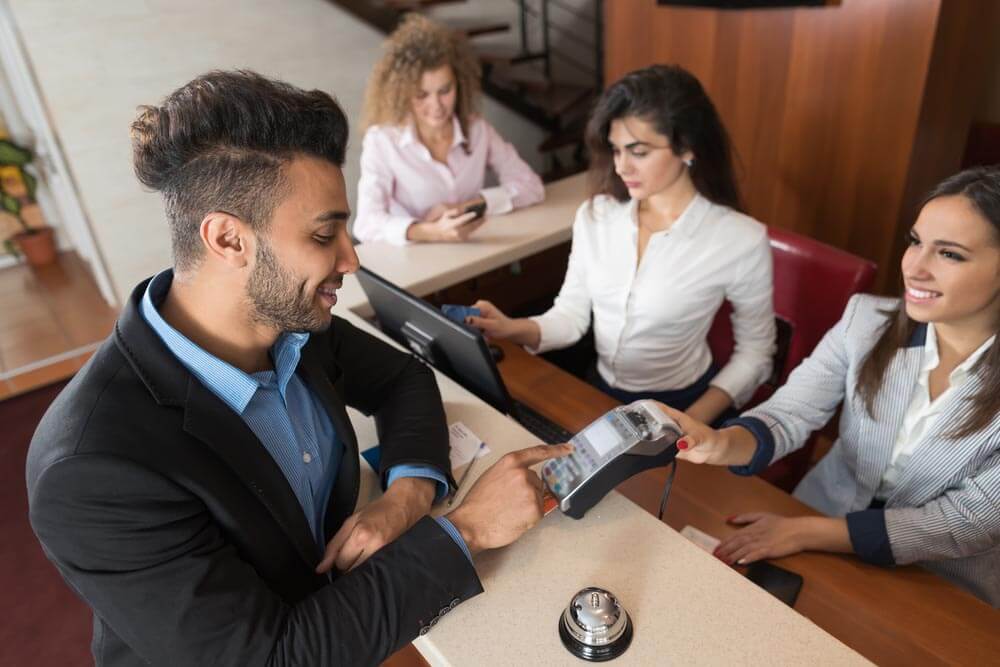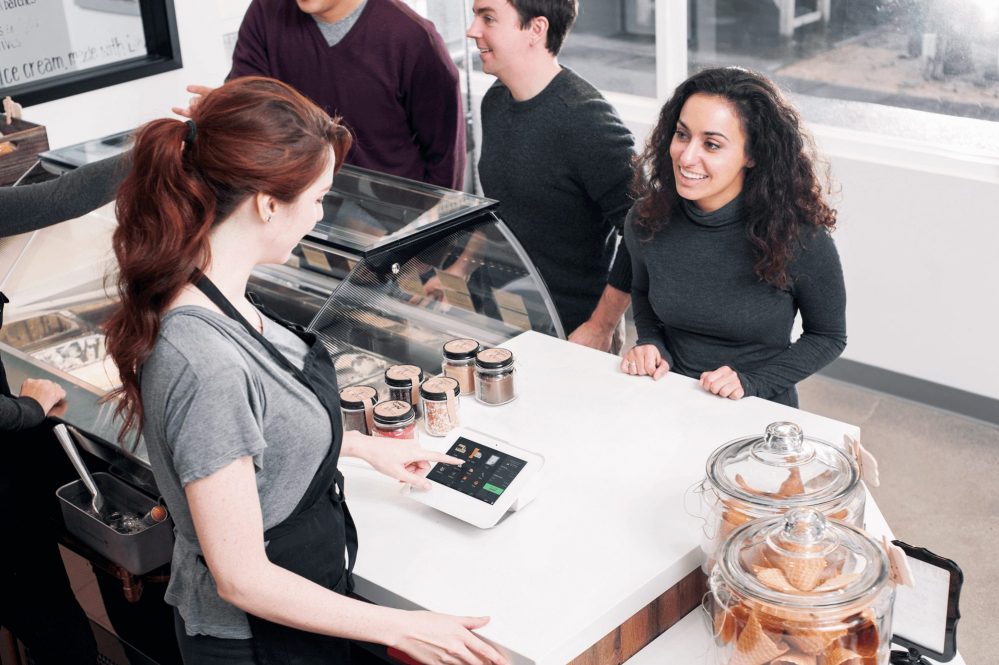
by Chandra | Jun 10, 2024 | Inventory, POS Systems, Security
Employee theft is increasing – the scope ranges from stealing inventory and padding time to taking money from the till. Many times, theft is a result of opportunity and incentive to steal. Employee theft can go unnoticed for years until your company hits a wall. Fortunately, early detection has never been easier with the convenience of a POS System (Point of Sale) and its many features.
A POS system allows your customer payments to be displayed and authorizes transactions to be executed. This compact system can also monitor employee engagements with your company. You will be able to use many of the numerous features such as…
- Managing your inventory
- Control inventory shrinkage
- Following company sales reports
- Outlining your best-selling products
- Determining customer buying habits
- Collecting customer data for future marketing
- Identifying your top performing employees
Smaller Companies Experience Larger Median Losses
Having access to the powerful business tools provided with a POS System can improve the security of your company by deterring employee theft, manage inventory losses and monitor employee time and productivity. Small businesses run a higher risk of falling victim to employee theft. Industries with over 100 employees have a median loss of $104,000, while industries with less than 100 employees have a median loss of $200,000. Smaller or mid-sized businesses often lack practices or systems designed to deter theft, making them a target. Here is an example:
Two Florida men working under a computer repair establishment were exposed for stealing inventory and skimming cash. Although both men had to repay their stolen expenses, many employees can carry out theft seamlessly and without a trace, costing U.S. businesses over $7 billion in total losses
Protect Your Business with a POS System
Employee theft is responsible for nearly 41% of all inventory shrinkage. A POS System can track inventory and sales, you will be able to recognize an imbalance in your inventory’s listed quantity and the actual physical count before it becomes a serious issue. Internal theft often occurs when an automated inventory system isn’t in place. Also, the easy to use POS system gives you the ability to accurately track and control product data such as pricing, stock counts and receipts.
The convenience and efficiency of a POS System will help reduce your exposure to employee theft, inventory losses, and unearned payroll which reduces costs and increases profits for your business. The price of investing in a POS System will be significantly less than the price of losing millions to theft.

by Chandra | Jun 10, 2024 | Business to Business News, Invoicing and Paying, Level III B2B
Today, B2B Merchants need to save money every way they can. If you are selling to other businesses, you are probably paying higher rates because of the types of cards you are accepting. It’s difficult to control this because of the cards your clients are paying with. If you are one of these merchants, it’s time you looked into optimizing your interchange. Level III processing accomplishes just that, it saves you on every transaction by adding the required data needed transaction. All you have to do is upgrade your current processing system.
Real Numbers
Some examples from the MasterCard interchange schedule at the time of this writing illustrate how savings happen with Level III Processing. The standard interchange is 2.95% plus 10 cents. Processing rates are adjusted, more often than we’d all like. Other factors come into play like the amount of the depending on the amount of the transaction. But say the rate is 1.8% plus 10 cents, which is realistic if the transaction is about $7,500. Higher transaction amounts yield even more significant savings. But using the data above, a $5,000 transaction would cost a merchant $47.60 with standard processing. With an uplifted Level III, the cost would be $90.10, for a single transaction savings of $57.50! For more information about MasterCard processing, got to https://www.mastercard.us/en-us/merchants/get-support/merchant-interchange-rates.html.
Simple Solutions
Credit Card Processing Software Programs today are more intelligent and many are integrated into a company’s ERP System. They should always include up-to-date security technologies that safeguard customers’ credit card data. A responsible and forward-thinking company not only wants to save money but also wants a system that is efficient and secure. Implementing a Level II & III Payment Processing System enables you to pay less per transaction. At the same time, these systems are routed for more information which is conveyed per transaction. The system can also save buyer information for future transactions, and that streamlines the process later. More details are sent per transaction with Level II & II Data processing means merchants will now also have a better system to keep track of a customer’s purchases. This heightens reporting power give a merchant the ability to market better and manage their business better.
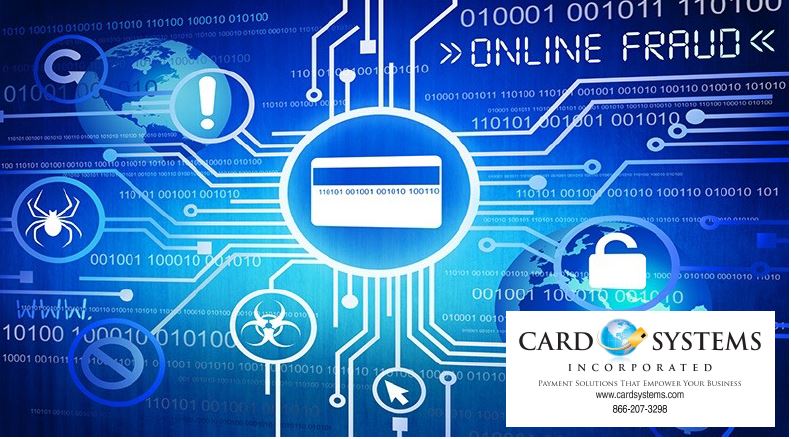
by Kim Dailey | Jun 10, 2024 | E-Commerce, PCI, Retail Industry News
In 2015 the PCI SSC created the Small Merchant Taskforce, a cross-industry consortium of payment
security experts, merchant groups and small merchant advocates, to create educational material and
suggested next steps to assess risk within a small business environment. The Taskforce drew from
their collective payment security and small merchant expertise to create PCI Data Security Essential
Resources for Small Merchants, a series of resources to help small merchants focus on essential
payment data security practices needed to protect payment data and reduce risk in their business
environment.
As part of that series, PCI SSC created PCI Firewall Basics, a one-page infographic providing
guidance on firewall configuration basics.
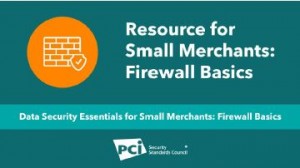

by Chandra | Jun 10, 2024 | POS Systems, Security
Could this be happening at your restaurant?
How many times have you used a credit card at a restaurant, added a tip and signed for the total, and then just threw it away?
For most people, that’s the regular occurrence, but on occasion, servers are changing the tip amount to put more money in their pocket. This is stealing from your guests and guarantees they will never come back. Tip bumping may also make people avoid your restaurant altogether. If there is a known restaurant or establishment has staff that is stealing, guests will not be coming through the doors and worse yet, they are spreading the word. The sad thing is you may never realize it until someone complains and by then the brand damage has been done.
How does it happen?
Tip bumping in a restaurant is simple to do without check systems in place. All a server has to do is make a few slight modifications by changing a 1 in front of a 2 or by changing a 6 or to a 9. They can also reprint the slip, adjust and sign it themselves. How many times have you requested a copy of your signature? Some waitstaff only target foreign tourists as the currency conversion is complex and it is a safer way to steal. Others feel entitled after they feel they have been slighted by a small tipper.
To remedy tip bumping there are three main strategies: audit, automate, and watch. These three options are the most effective when used together and help eliminate tip bumping and angry guests.
Audit:
The restaurant manager or owner closing out should always verify the recorded tips and totals on each server’s checkout with the actual tips and totals on the credit card receipts. This method seems tedious but is the only way to ensure accuracy and guests check amounts are recorded properly.
Automate:
Implementing a Pay-at-the-Table POS or Kiosk eliminates the old paper receipt system and the tip is entered into the POS by the guest, ensuring the correct tip is recorded. The server only handles cash transactions and tips with this method.
Watch:
Install a camera system within your Restaurant POS for firsthand recordings of the theft being committed.
Most of these types of crimes go undetected until the customer complains. Some merchants have even had servers arrested if they are caught tip bumping. Nothing sends a better signal to the rest of the staff, that this is a real crime and it will not be tolerated. It is also encouraged to do background screenings on new hires as incidents like this or others will appear on their record protecting employers from theft and brand damage.
Fortunately most servers are honest but you if you suspect this is happening at your restaurant, it probably is. Protect your business, patrons and reputation by taking precautions. If you don’t have systems in place, we will be happy to help.

by Chandra Spary-Kontinos | Jun 10, 2024 | Featured, POS Systems, Restaurant Industry News, Services, Uncategorized
What are the differences and the best choice for your business?
Are you considering Surcharging or Cash Discounting? Accepting credit cards is a necessity in today’s world. However, credit card processing fees are taking a larger chuck out of your profit margin these days, especially with the ever-increasing popularity of rewards cards. Moreover, many of the merchant fees associated with rewards cards tend to increase year after year, due to the escalation of the “Cash Back” incentives the Card Issuers give their cardholders.
Who pays for the majority of these incentives? You the merchant. More and more merchants are now electing to add a surcharge or implement a cash discount program to combat these rising costs. This may be a great option for your company if done correctly. So, what is the difference between surcharging and cash discounting?
Surcharging
- Surcharge: Adding a small percentage to a credit card transaction to offset the merchant fees for processing the credit card payment. This surcharge is added to offset the processing fees associated with accepting credit cards. This fee only applies to credit cards and does not apply to other forms of payment such as debit cards, cash, or checks. Surcharging must also be done in a compliant manner and by a processor that follows the rules and ensures their merchants are compliant.
Cash Discounting
- Cash Discount: A reduction in price for customers who pay with cash or check instead of credit or debit cards. The discount is deducted from the advertised price at the time of sale. Another method of Cash Discounting is adding a small percentage to increase the price of the sale, known as a Non-Cash Adjustment.
Making this Win-Win Solution
Ask yourself, is this a good move for your business? Will there be pushback from the customers? The solution is simple. Giving your customers an option to pay with a lower-cost alternative is a win-win! They continue to receive great pricing if they pay with cash or check, and you are able to offset your processing fees. It is good for both parties when these programs are rolled out correctly with proper signage, employee training, and a good Point of Sale System, which calculates and ensures compliance.
Card Systems understands that every business is unique, which is why we take a consultative approach to find the right solution for your business and card processing needs. Whether you’re just getting started or have been in business for decades, Card Systems can offer endless benefits to help you run your business more efficiently and more profitably.

by Chandra | Aug 16, 2021 | Data Security Credit Card, POS Systems, Security
Point-of-Sale Fraud Alert
Recent incidents in the U.S. include criminals committing fraud through processing fraudulent return transactions. As part of the fraud scheme, criminals obtain Point-of-Sale (POS) devices—either from an acquirer or agent while posing as a merchant, from online resellers or auctions, or through theft—and program the POS devices with the credentials of a legitimate merchant, thus effectively cloning the unsuspecting merchant’s actual POS device. Criminals use the cloned POS devices to complete returns to gift cards, often in the range of $2,000 – $6,000 per transaction. After the returns are posted to the gift cards, the cards are cashed out at ATMs. Criminals prefer gift cards and, in some instances, debit cards. These products fund rapidly, allowing fraudsters to get their hands on cash immediately.
What can you do to protect yourself?
- Always verify anyone calling you posing as your merchant provider
- Monitor your transactions often, especially credits
- Make sure your terminal or POS doesn’t allow credits without a corresponding sale
- Educate your employees
- Never let anyone other than your merchant provider touch your terminal or Point-of-Sale System
- Change passwords often and use caution if you are working remotely
As a business owner, you can never be too cautious. These crimes happen primarily on the weekends (especially long holiday weekends). Criminals will choose to take advantage of the operating hours of the merchant and financial institutions. Protect your business this holiday and throughout the year!
Call us toll-free at 1-866-207-3298 if you think your business has been compromised or for advice on how to protect it in the future.

